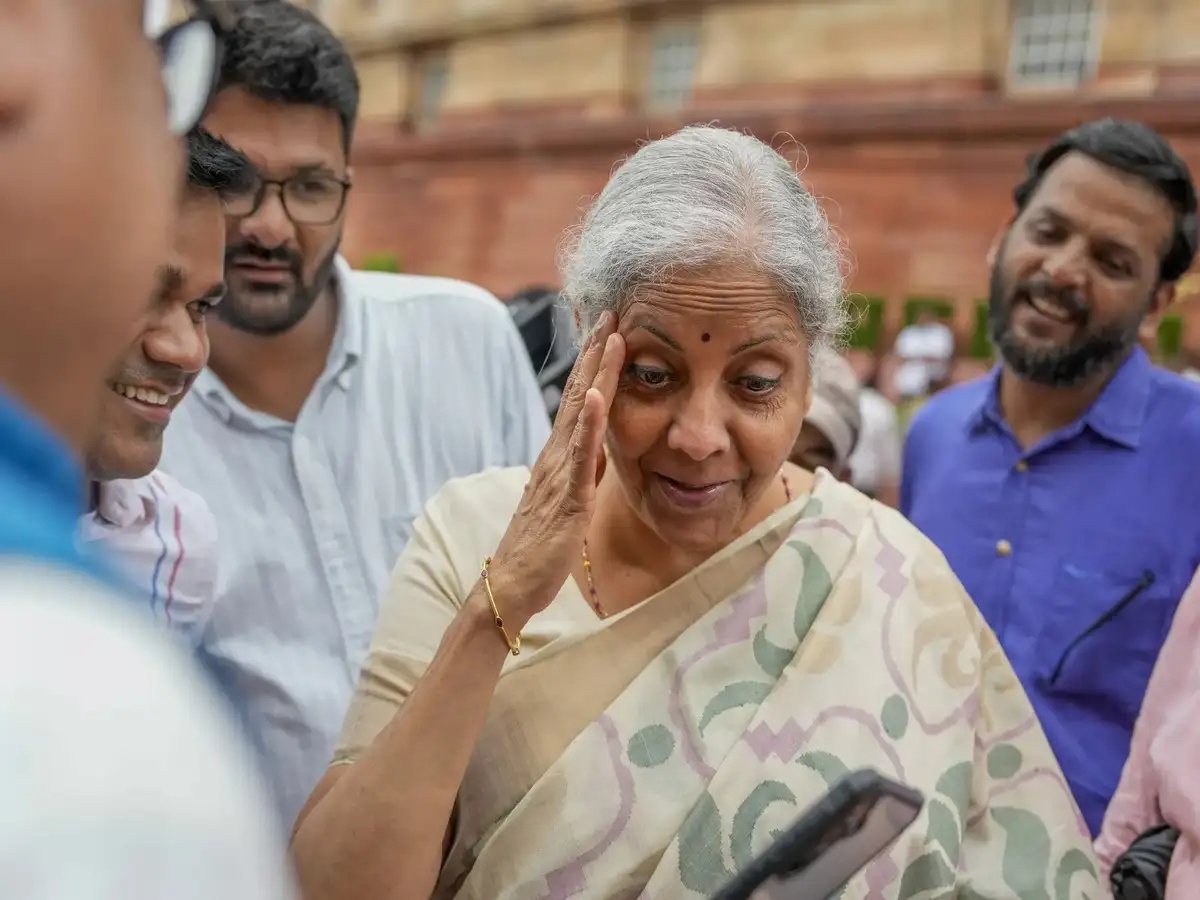
Enrollment Surge Under Unified Pension Scheme
As of July 20, 2025, over 31,555 central government employees have enrolled in the Unified Pension Scheme (UPS), a significant milestone in the government’s pension reform initiative. The Finance Ministry revealed that the deadline for enrollment was extended to September 30, 2025, following requests from employees and associations. This extension allows more time for staff to transition from the traditional pension system to the UPS framework, which promises assured payouts. The scheme, introduced on April 1, 2025, operates under the National Pension System (NPS) and aims to provide financial security to retirees and their families. With the cut-off date extended, the government has prioritized inclusivity, ensuring employees have ample opportunity to opt for the new scheme.
Benefits and Eligibility Criteria
The UPS has been designed to offer enhanced benefits compared to existing pension structures. Retired central government employees who superannuated or passed away before March 31, 2025, and completed at least 10 years of service are now eligible for additional perks under the scheme. These include retirement gratuity, death gratuity, and tax benefits mirroring those of the NPS. Minister Nirmala Sitharaman highlighted that 25,756 retired subscribers qualify for these extended benefits, emphasizing the government’s commitment to welfare. Furthermore, employees who choose UPS under NPS can also access benefits under the CCS (Pension) Rules, 2021, or the CCS (Extraordinary Pension) Rules, 2023, in case of death during service or invalidation.
Government’s Stance on Expansion
While the UPS has gained traction, the government has clarified its intent to limit the scheme’s scope. Finance Minister Nirmala Sitharaman stated that UPS remains an optional add-on within the NPS framework for central government employees. There are no current plans to extend these benefits to other pension schemes or sectors, as per the ministry’s response to parliamentary queries. The government has processed over 4,978 claims for UPS benefits as of July 20, 2025, with 7,253 claims received in total. This data underscores the scheme’s progress while maintaining its targeted approach. The focus remains on refining the UPS for central employees rather than broadening its application.
Financial and Administrative Framework
The UPS’s integration with the NPS ensures alignment with existing financial regulations, including tax benefits under the Income Tax Act, 1961. This structure simplifies administrative processes for both employees and the government, reducing bureaucratic hurdles. The extension of enrollment deadlines reflects the government’s responsiveness to employee concerns, balancing procedural efficiency with employee welfare. As the UPS continues to roll out, its success will depend on factors like employee awareness, accessibility of information, and the clarity of benefit structures. The scheme’s long-term viability will be closely monitored, particularly in light of its potential to stabilize pension payouts and reduce fiscal burdens on the government.
Future Implications and Challenges
The UPS represents a pivotal shift in India’s pension management, offering a hybrid model that combines the security of traditional pensions with the flexibility of NPS. However, challenges such as ensuring equitable access, addressing employee hesitancy, and maintaining fiscal discipline remain. The government’s decision to restrict the scheme to central employees highlights a strategic focus on prioritizing this sector before exploring broader applications. As the UPS matures, its impact on retirement planning and financial security for central government employees will become clearer, potentially setting a precedent for future pension reforms. The scheme’s success will hinge on its ability to meet the diverse needs of its beneficiaries while adhering to regulatory and fiscal constraints.




